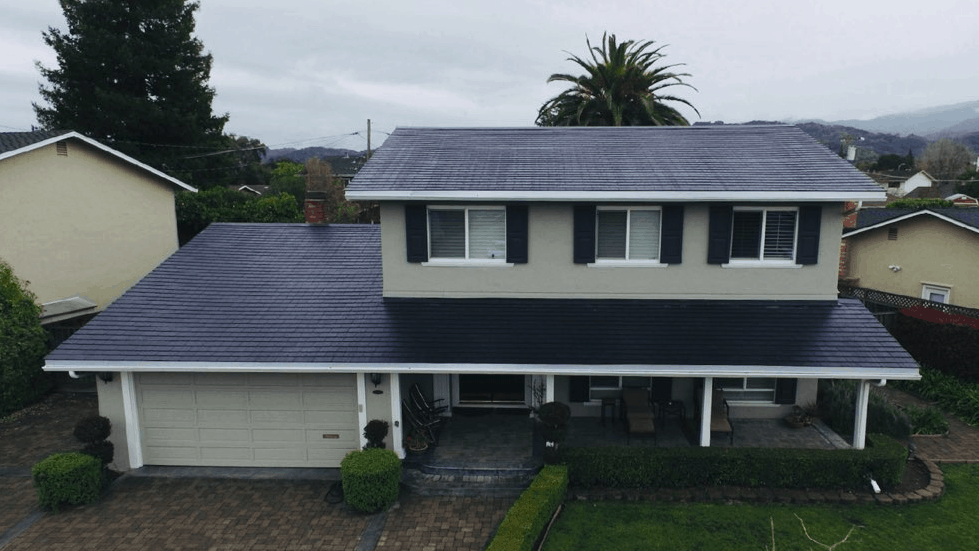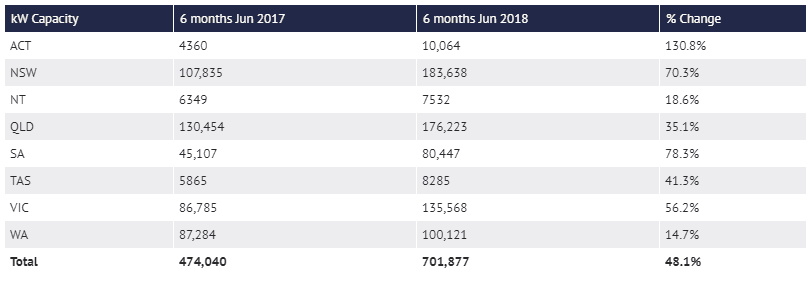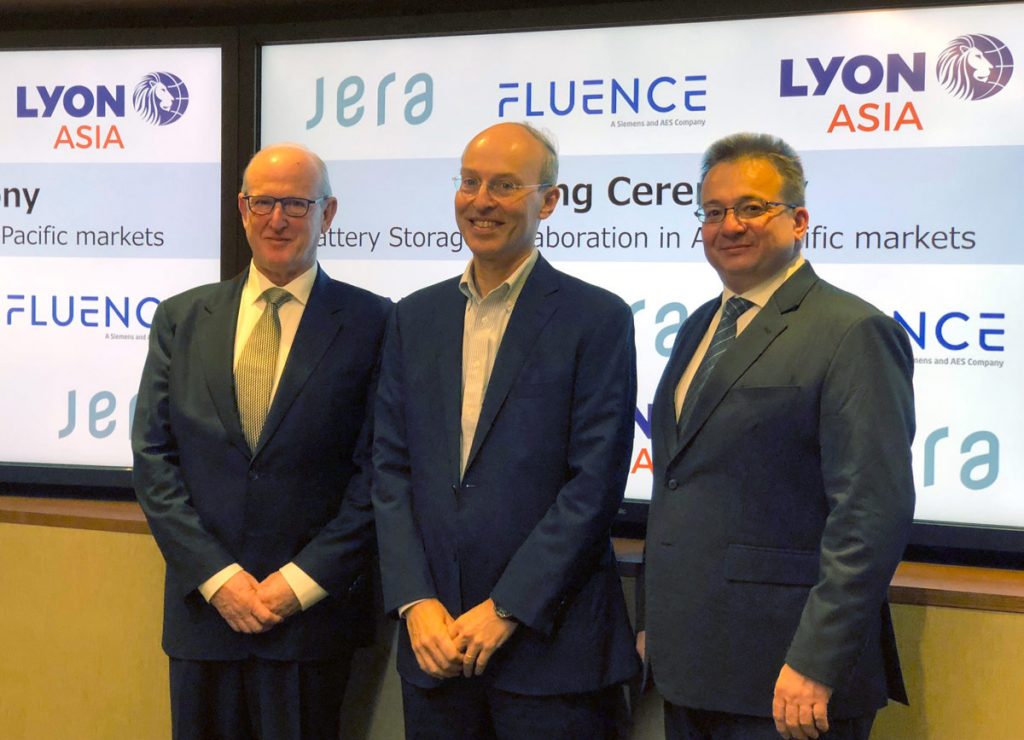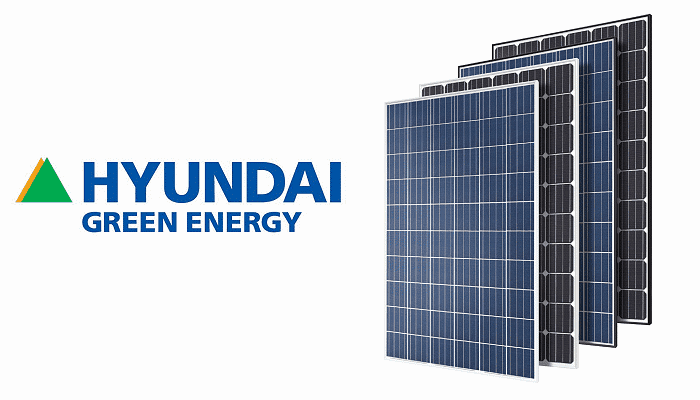Tesla have announced their Q2 earnings which notes that they have a ‘crazy’ growth outlook despite cell shortage and a slow deployment of their solar roof. Tesla in Australia is still very far behind the USA, but what can we expect the future to bring?
Tesla in Australia – 2018/19
What can Australians expect from Tesla over the next financial year? We’ve had an agonisingly slow rollout down under and there are many people waiting to see how long it takes for the solar roof to make its way out here.
With the cell shortage that has crippled availability of the Tesla Powerwall 2 in Australia, is it worth waiting for the Powerwall 3 instead? There hasn’t been any announcement yet so it really depends on your personal situation.
The Tesla Gigafactory in Buffalo, New York is in working on speeding up production of the Solar Roof. They hope to produce 1 GW of solar products at the site annually beginning in 2019, and Tesla has said that it could even reach 2 GW/year down the track. The Gigafactory produces standard solar panels, along with the Solar Roof.
So if you have a bit of patience and are happy to wait until 2019, it’s fine to wait. Solar batteries still have a bit of a ways to go before they are a no-brainer for people to install, let alone the solar roof. But in the meantime, there are certainly solar roof alternatives like the Tractile solar roof tile or the Sonnen/Bristile partnership which they’ve called ‘Solartile‘. Have you got any questions or any experience with any of these solar shingles? Please let us know in the comments.
Where is the Tesla Solar Roof?

We’ve written about the Tesla Solar Roof before – and we’ve also written about its place in the Australian ecosystem, given that they’re rare as hen’s teeth in America, let alone over here. According to PV Magazine USA, it’s probable that the Tesla Solar Roof will not help their bottom line (Energy Generation and Division Revenues) until halfway through 2019 at the earliest. The reasons for this are for safety and the time lag it’s taking to get all their ducks in a row.
Tesla CEO Elon Musk clarified:
“It takes a while to confirm that the Solar Roof is going to last for 30 years and all the details work out, and we’re working with first responders to make sure it’s safe in the event of a fire and that kind of thing. So it’s quite a long validation program for a roof which has got to last for 30, 40, 50 years, but we also expect to ramp that up next year at our Gigafactory 2 in Buffalo. That’s going to be super exciting.”
According to Musk ‘several hundred’ Solar Roofs have been deployed, are being installed or scheduled for install, and international expansion (i.e. Australia!) is slowly rolling out.
PV Magazine have also written about some of the first solar roof installations in the USA – please click here to read some more about them.





